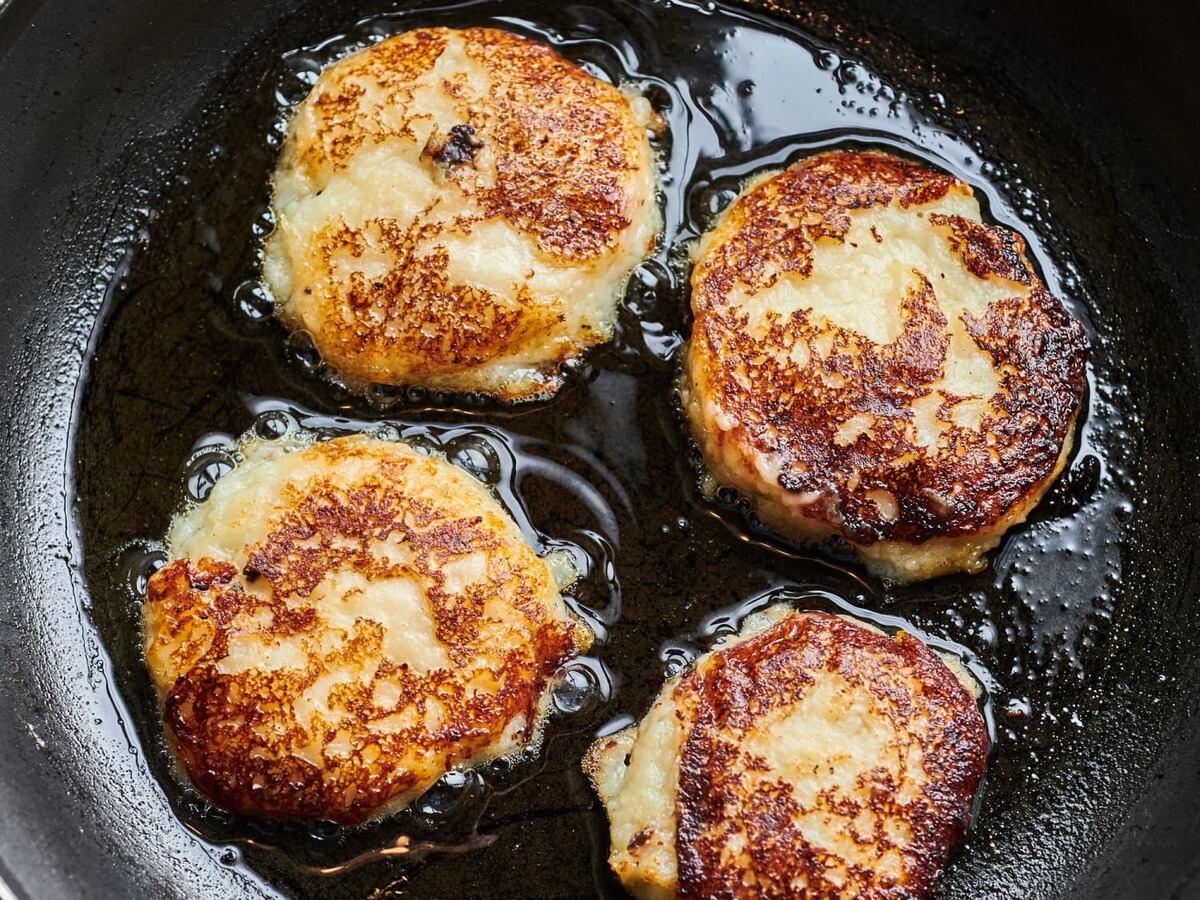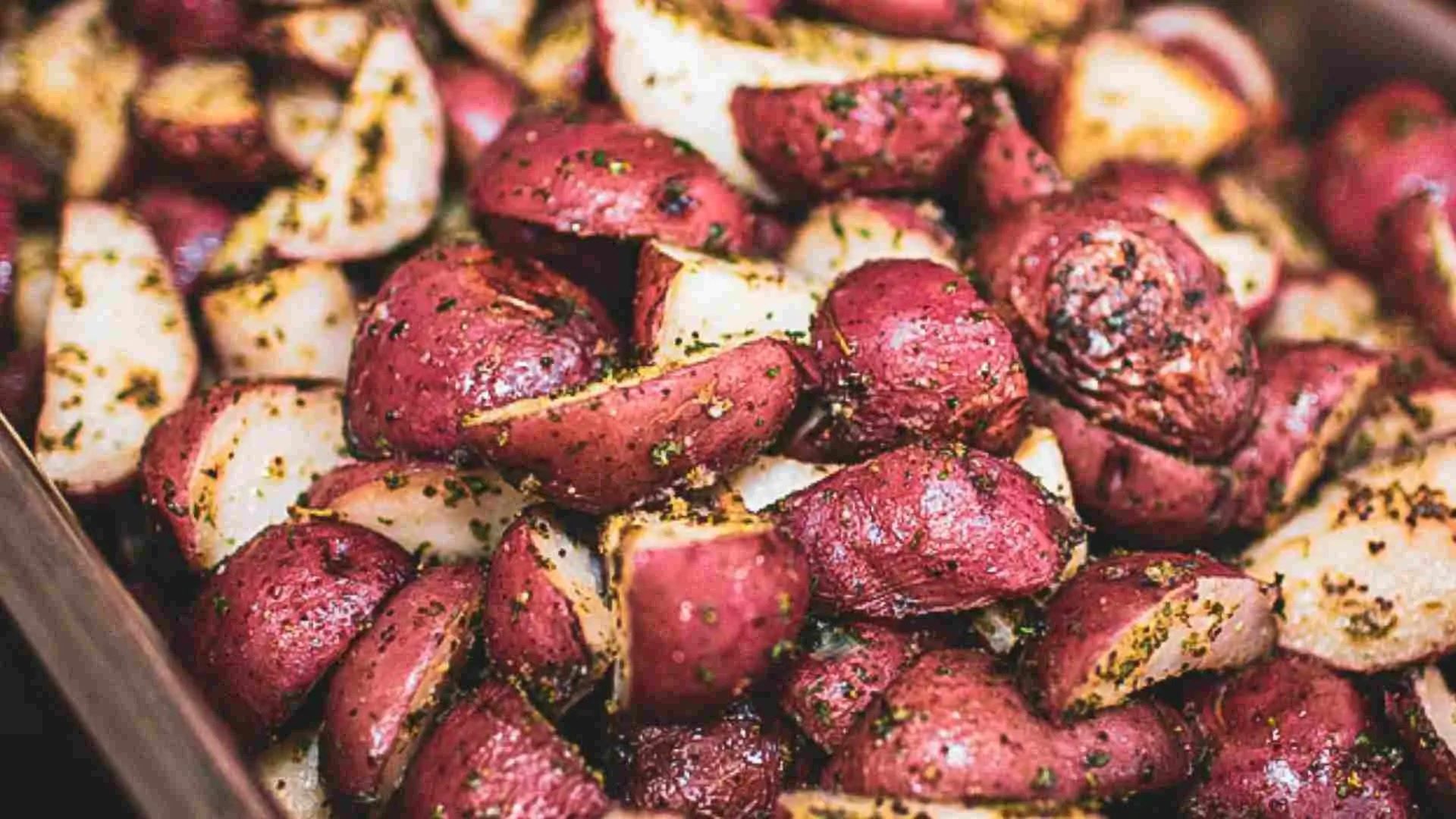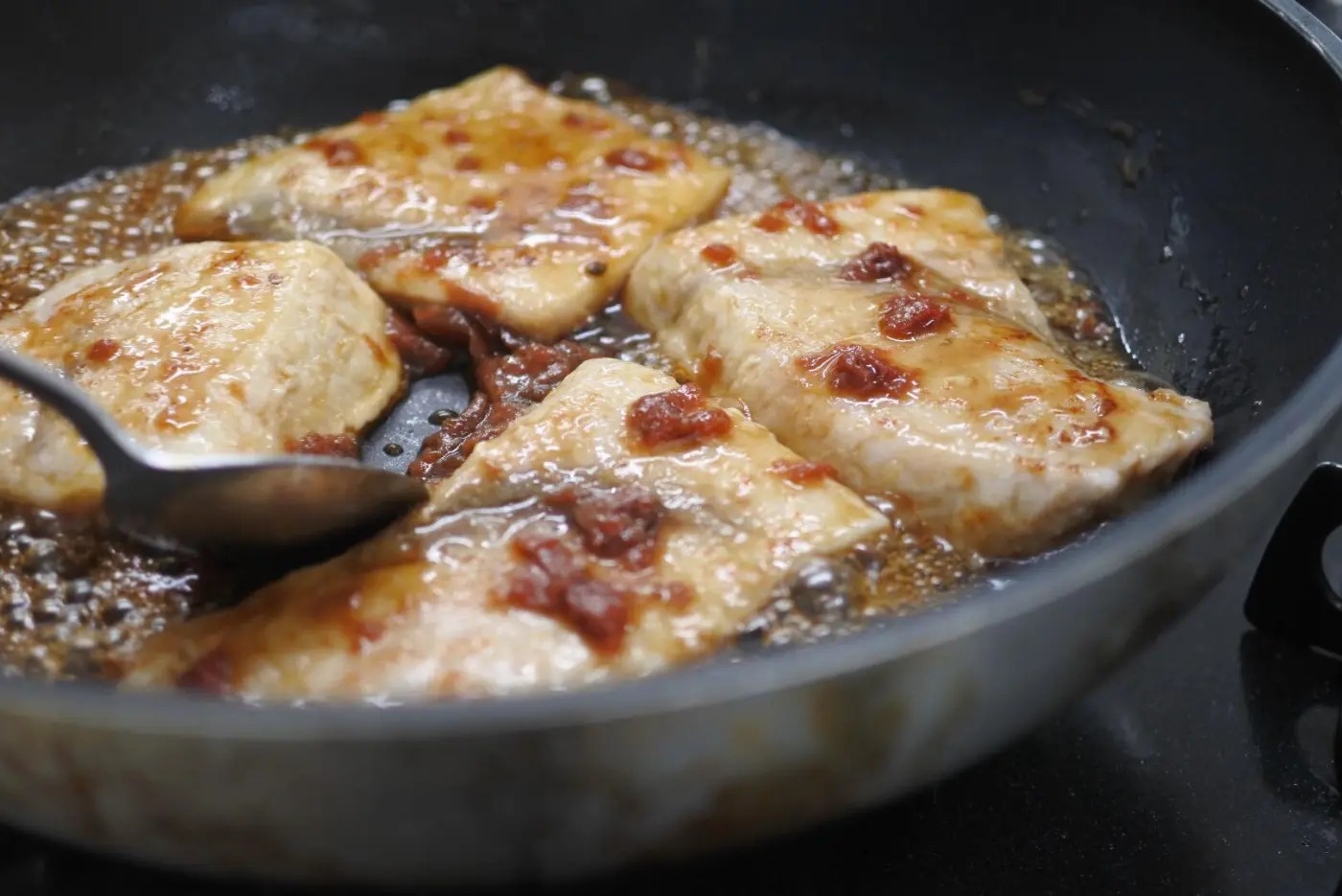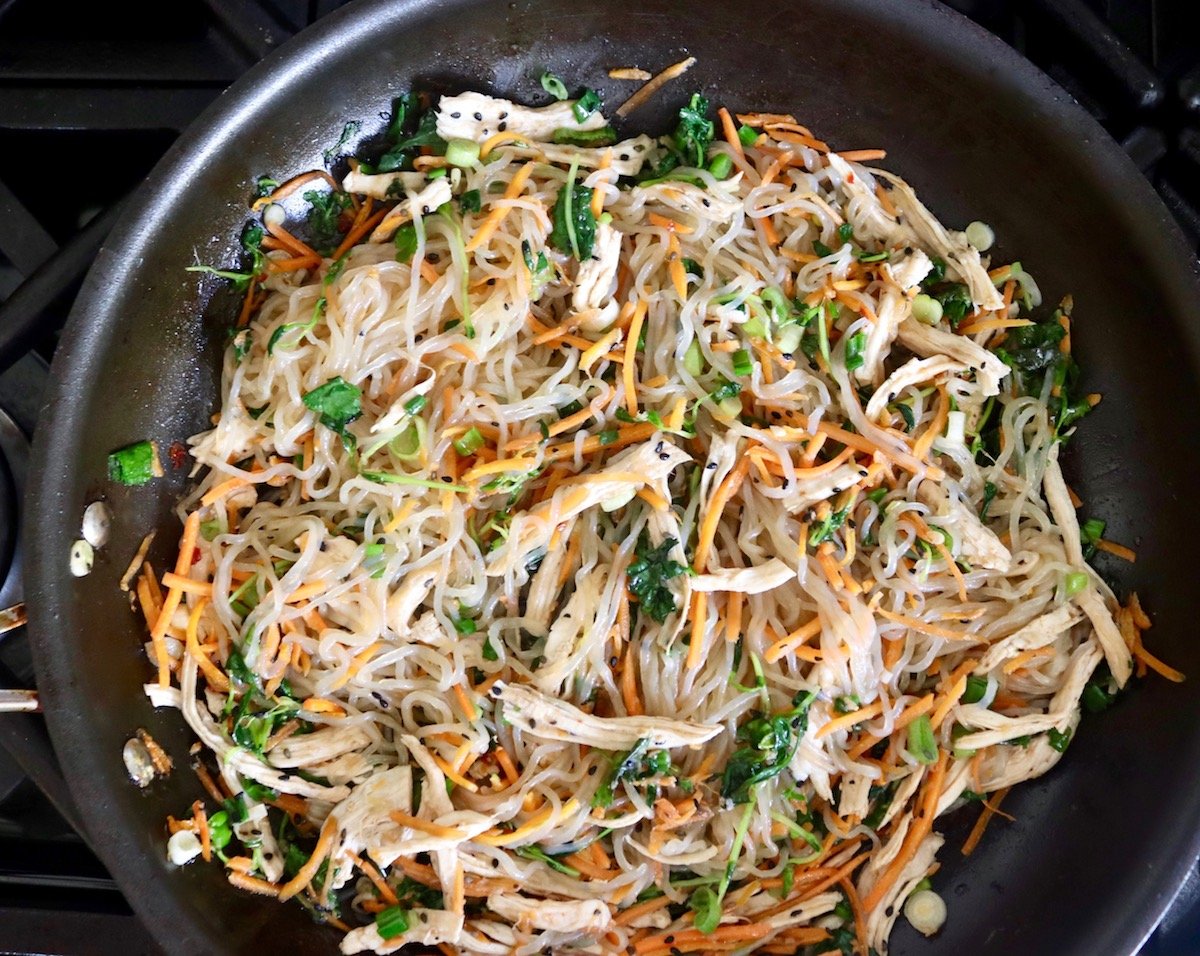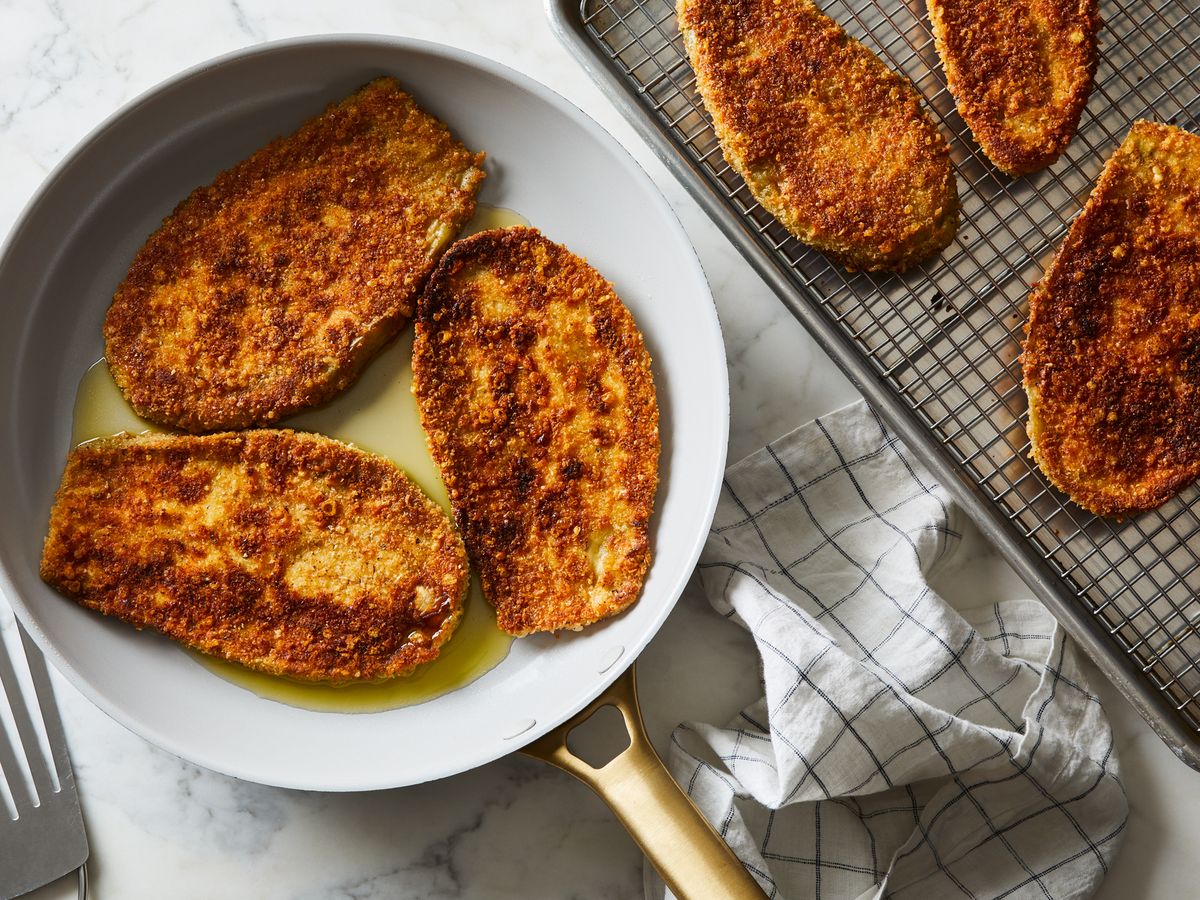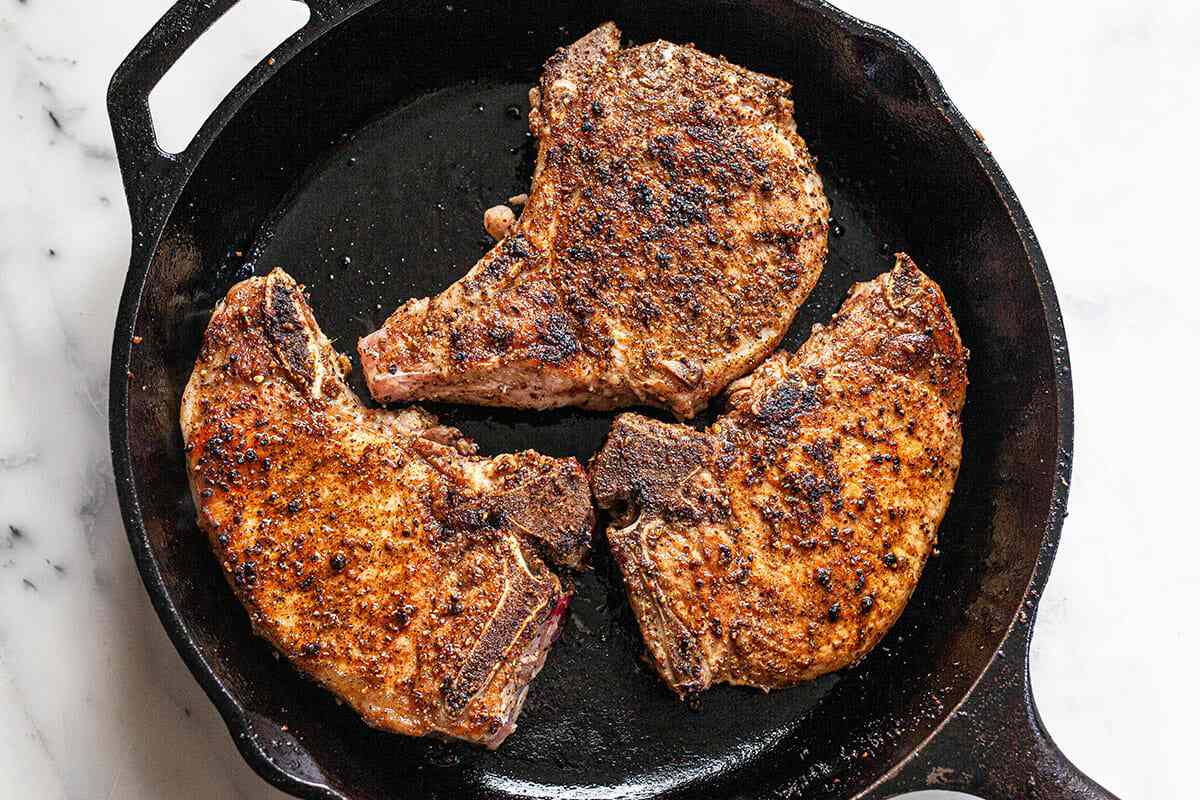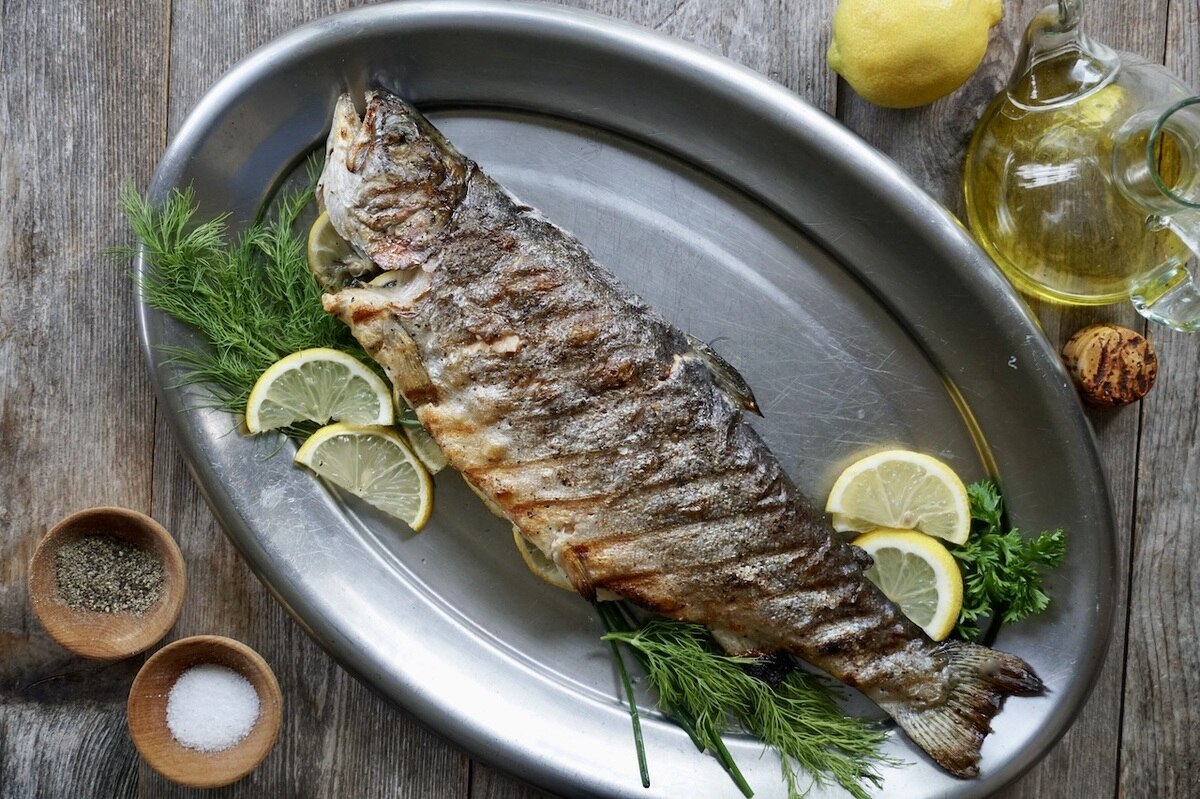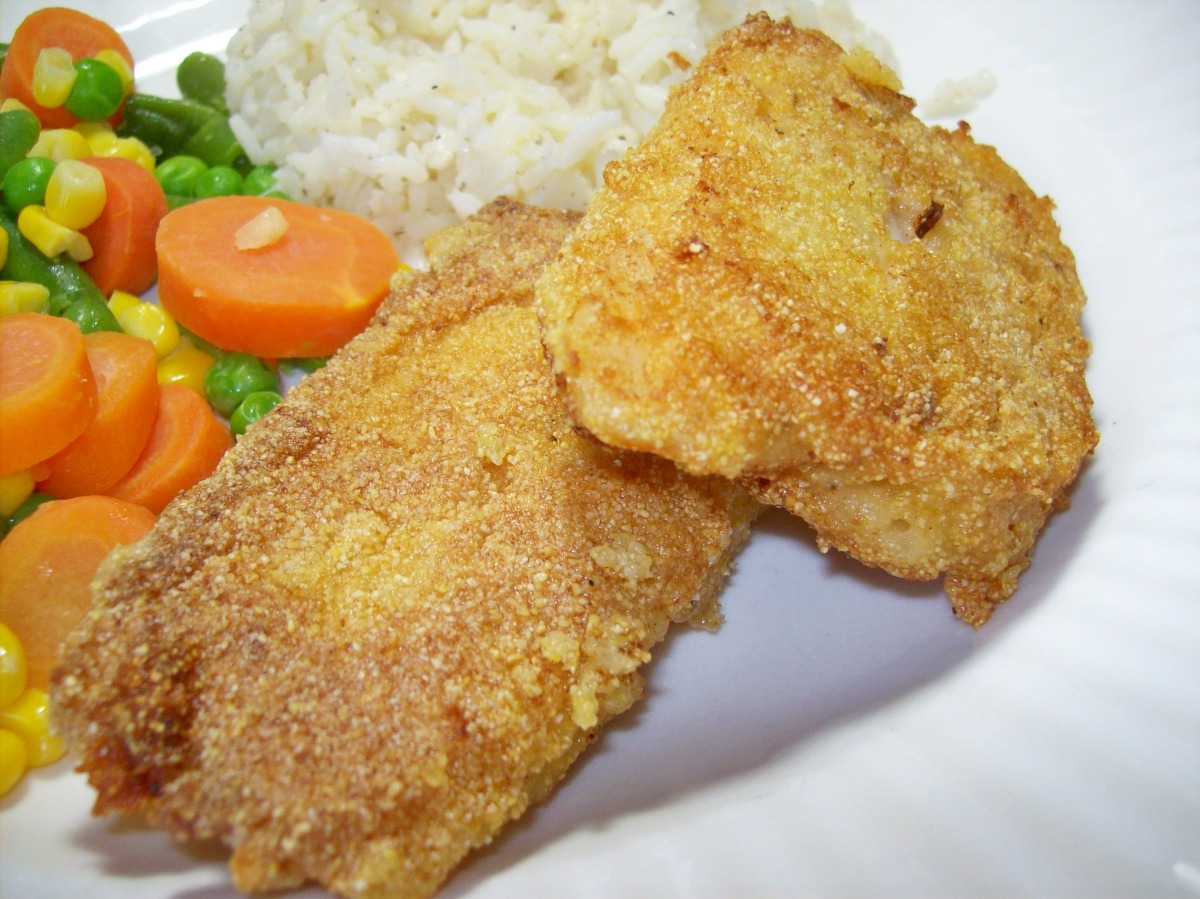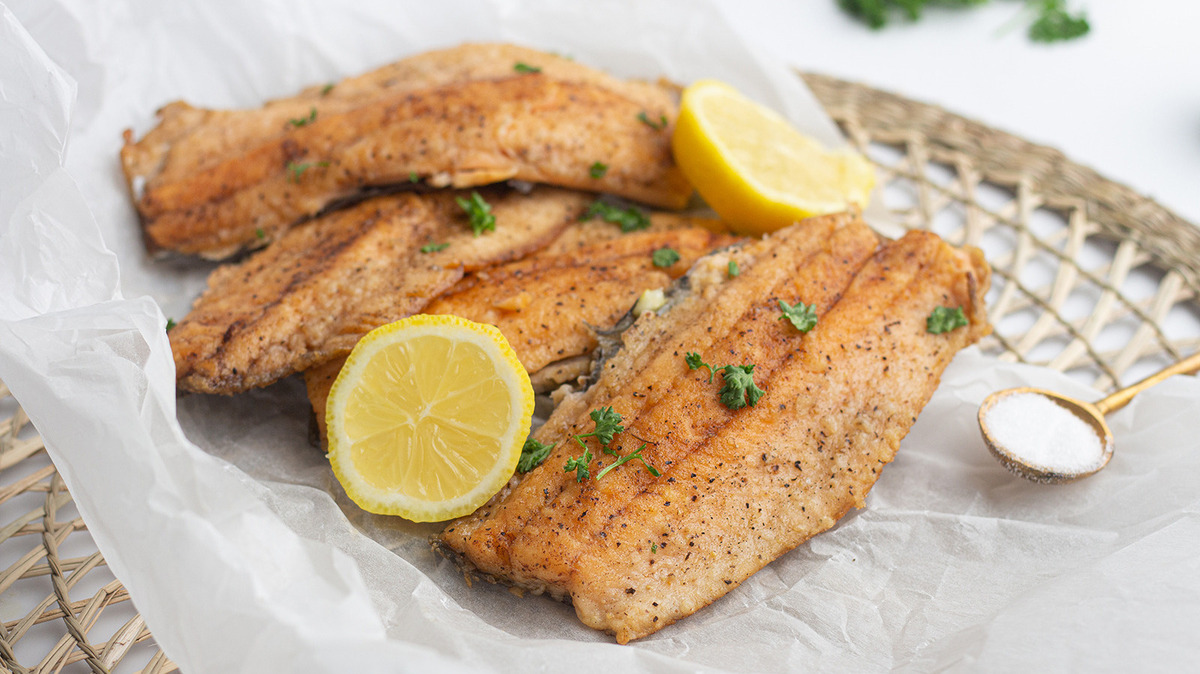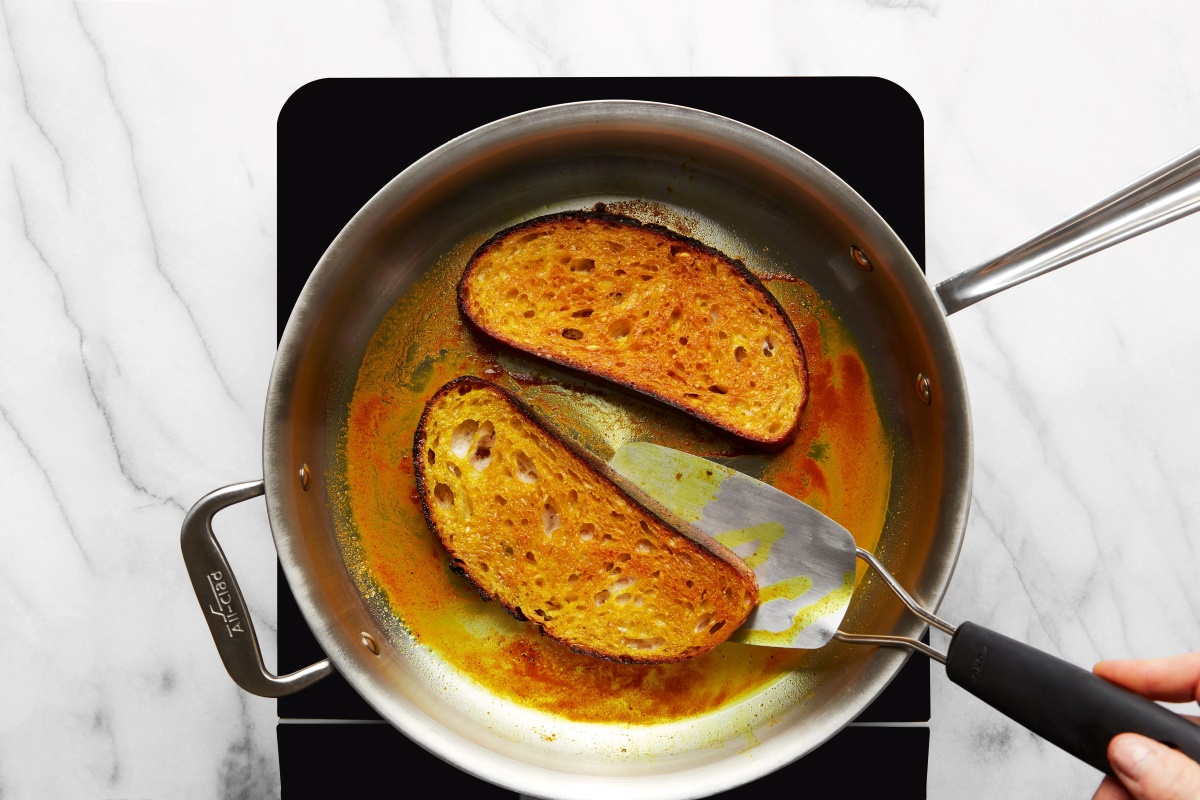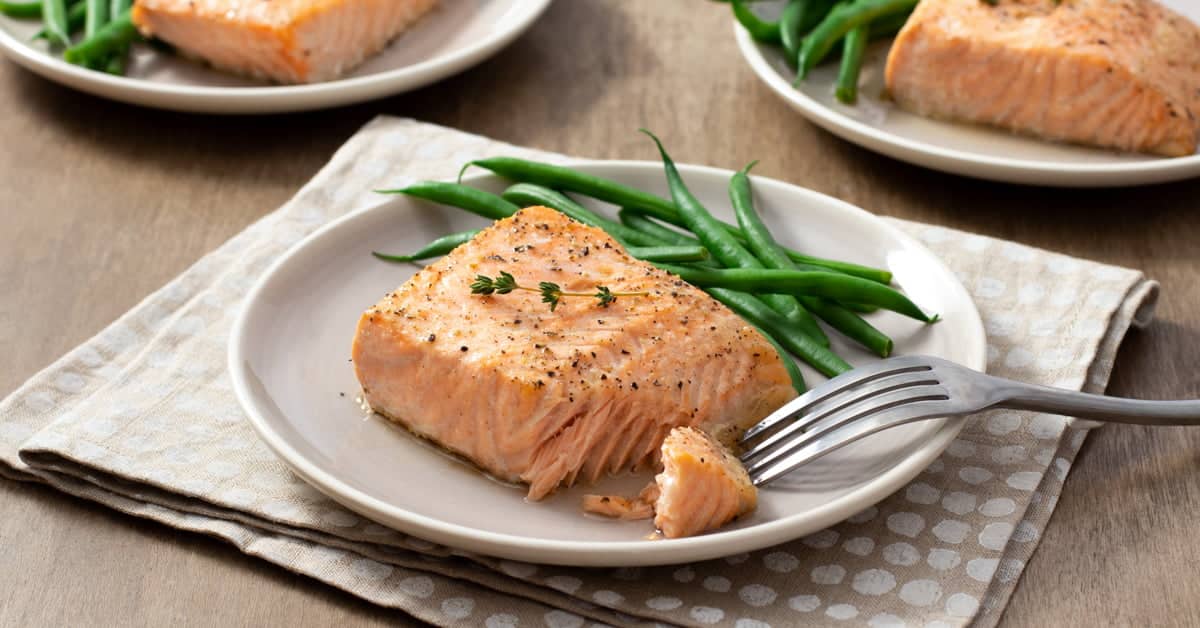How To Fry Frozen Salmon
Are you craving a delicious and healthy seafood dish? Look no further than frozen salmon! Not only is salmon packed with omega-3 fatty acids and protein, but it’s also incredibly versatile and easy to cook. In this article, we will guide you through the steps to fry frozen salmon to perfection.
Choose the right salmon fillet
When it comes to frying frozen salmon, selecting the right fillet is essential. Look for wild-caught salmon pieces with firm, vibrant flesh. Whether you prefer skin-on or skinless salmon, make sure the fillets are individually frozen and properly sealed to maintain their freshness.
Thaw the frozen salmon
Before frying frozen salmon, it’s crucial to properly thaw it to ensure even cooking. You can thaw the salmon by placing it in the refrigerator overnight or using the defrost function on your microwave. Avoid thawing salmon at room temperature to prevent bacteria growth.
Prep your salmon fillets
Once the salmon is fully thawed, pat it dry with a paper towel to remove any excess moisture. Season the fillets with salt, pepper, and any other desired spices or herbs. For an extra burst of flavor, you can marinate the salmon in a mixture of lemon juice, garlic, and olive oil for 15 minutes before frying.
Heat up your frying pan
Choose a non-stick frying pan or skillet that is large enough to comfortably fit your salmon fillets. Preheat the pan over medium-high heat and add a tablespoon of cooking oil – olive oil, vegetable oil, or coconut oil all work well for frying salmon. Allow the oil to heat up until it shimmers.
Fry the salmon
Carefully place the salmon fillets in the hot pan, skin-side down if using skin-on fillets. Let the salmon cook undisturbed for about 4-5 minutes, or until the skin is crispy and golden brown. Flip the fillets using a spatula and continue cooking for an additional 4-5 minutes, or until the salmon is cooked through and flakes easily with a fork.
Serve and enjoy
Transfer the fried salmon to a plate lined with a paper towel to absorb any excess oil. Serve the salmon fillets with your favorite side dishes such as roasted vegetables, quinoa, or a fresh salad. Squeeze a bit of lemon juice over the top for an extra zing of flavor.
Tips for perfect fried salmon
- Ensure the salmon is fully thawed before frying to ensure even cooking.
- Use a non-stick pan and a moderate amount of oil to prevent sticking.
- Do not overcrowd the pan – cook the fillets in batches if necessary.
- Avoid overcooking the salmon to maintain its tenderness and moisture.
- Experiment with different seasonings and marinades to customize the flavor.
Now you have the knowledge to fry frozen salmon like a pro! Whether you are cooking for yourself or entertaining guests, this simple and tasty cooking method will surely impress. So go ahead, grab some frozen salmon fillets, and get ready to enjoy a delicious and nutritious meal in no time!
Was this page helpful?
Read Next: How To Fry Potatoes On Stove
